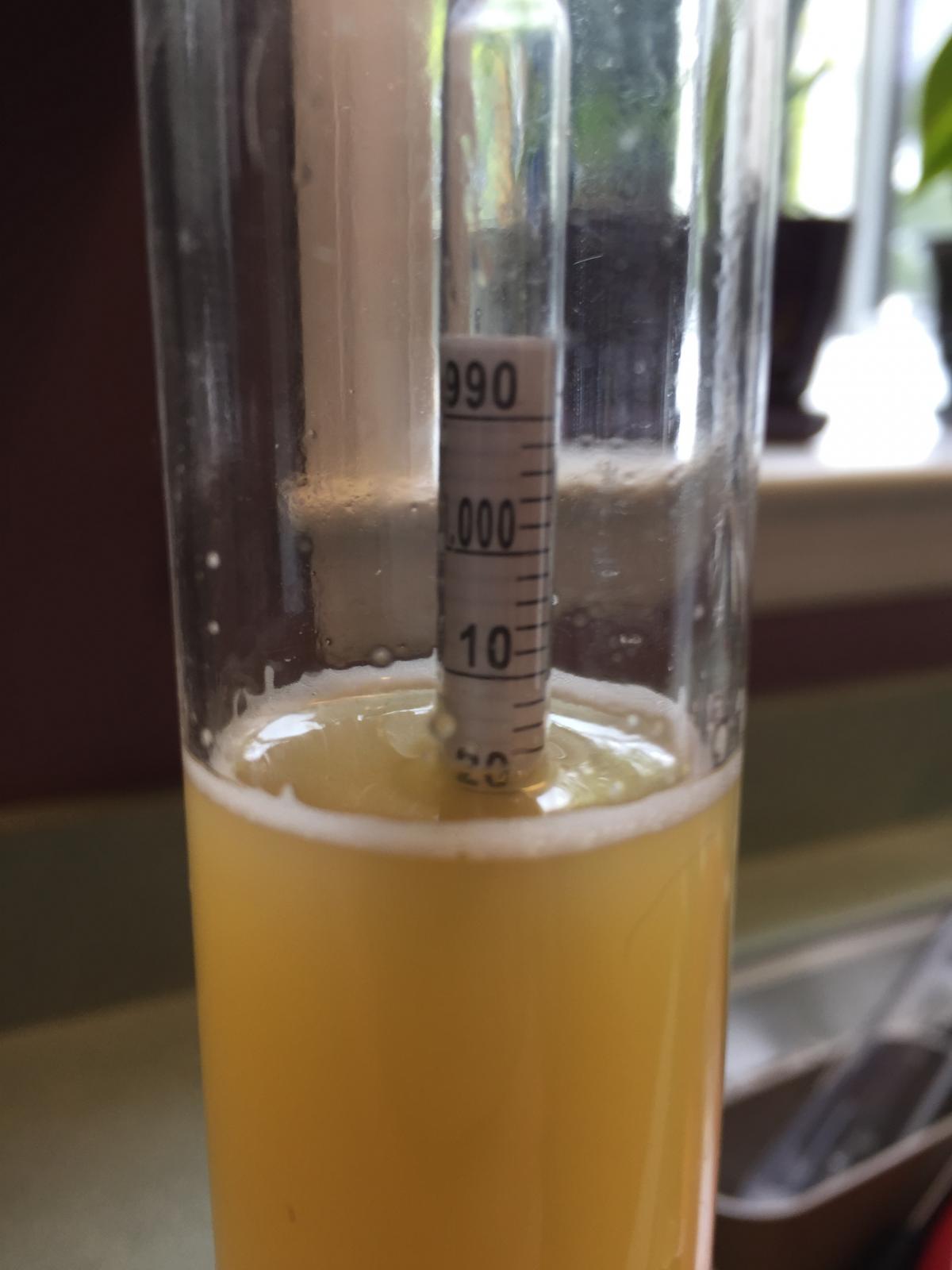Problem: Mashed at 168F
Mash chemistry: Very little to zero beta amylase activity and a massively shortened duration of activity of
alpha amylase.
Result: Wort rich in unfermentable long chain sugars.
Data (I assume it's correct)
OG: 1.073 What was the target? No idea if this number is accurate or close to the planned OG. Lets assume it's accurate and to target.
FG: High. Undrinkable high. This assumes you measured the Fg correctly, it is indeed the Fg and you did not measure with a refractometer. If you measured with a refractometer you need to correct the data with an
appropriate online algorithm.
So you have an extremely unfermentabe wort owing to mash errors. Adding more yeast will do nothing unless you want to add something like Brett. Total waste of time and makes absolutely no sense to add 100 B more when there is no shortage of yeast. That is not the issue. They have no food to eat.
Swirling shaking or otherwise assaulting your FV will do nothing.
Adding DME will increase the current SG by a few points. The yeast will ferment a % that out leading to a subsequent increase in the FG.
Adding sugar will not reduce the FG as it is 100% fermentable. Gravity points will be added and subsequently fermented out. The beer will become drier though not by much.
The only recourse aside from adding Brett and embarking on a whole new type of beer is to add
amylase to convert unfermentable sugars to fermentable sugars. I'm assuming @chickypad linked @passedpawn 's
thread on amylase. Read it it's good info.
(Should be a sticky thread PP).
Available in all good LHBS
As the amylase works to cleave the long chain sugars, the yeast in the beer (of which there are 100's of Billions) now have something to eat. They will ferment those sugars reducing the FG and increasing the ABV.
Assuming the current SG reading is correct and assuming it is the FG (without further measures) this will reduce the SG by perhaps ~10 points leaving you with what I would still classify as an undrinkable sweet beer.
It's a dumper in my world. Learn and move on.
Best of luck.



















































![Craft A Brew - Safale S-04 Dry Yeast - Fermentis - English Ale Dry Yeast - For English and American Ales and Hard Apple Ciders - Ingredients for Home Brewing - Beer Making Supplies - [1 Pack]](https://m.media-amazon.com/images/I/41fVGNh6JfL._SL500_.jpg)







